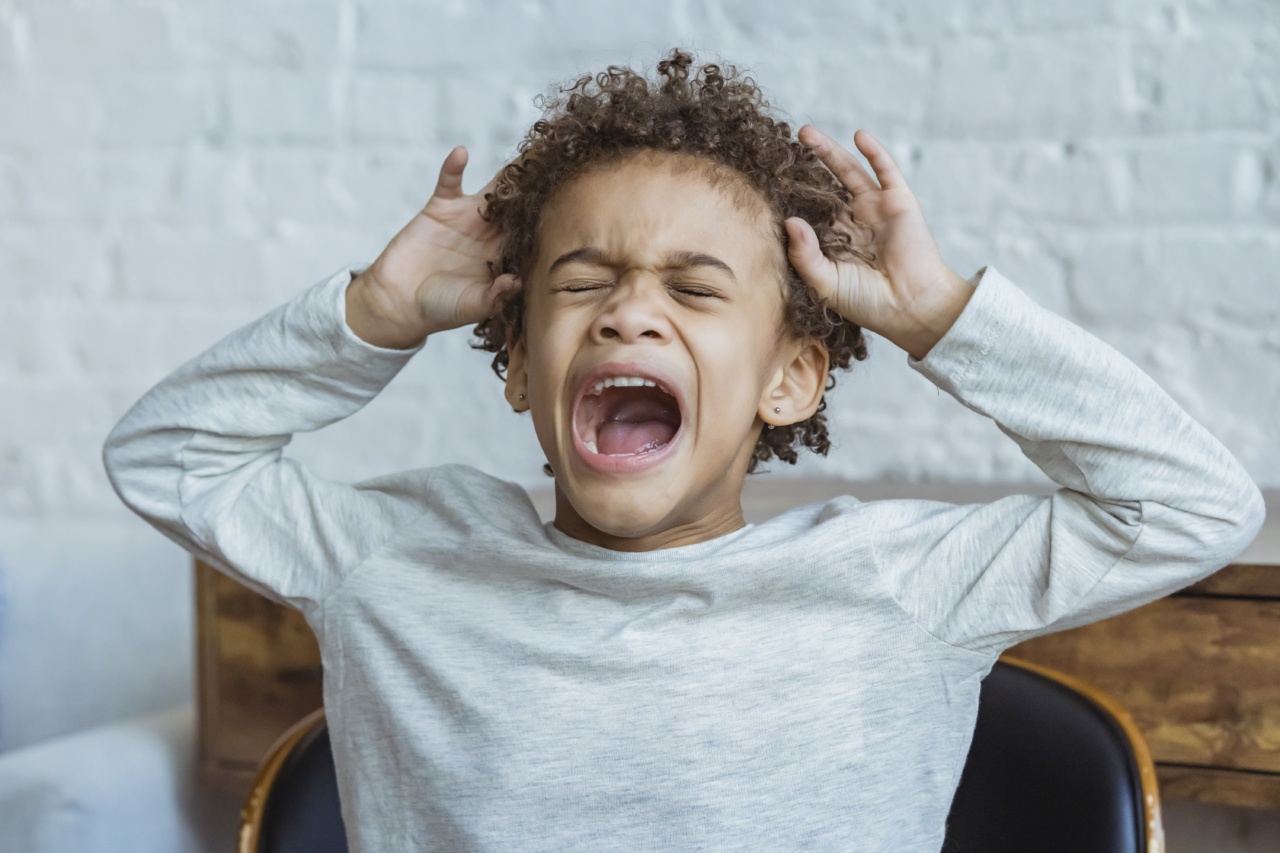As parents, it’s natural for us to worry about our children’s physical health, but it’s also important to pay attention to their emotional health.
One of the most common emotional issues that affect children is anxiety, which can sometimes lead to panic attacks. In this article, we’ll discuss what panic attacks are, what causes them in children, and most importantly, how to manage them.
What are panic attacks?
Panic attacks are sudden, intense and unexpected surges of anxiety or fear. They come out of nowhere and can be very scary, both for children experiencing them and for parents watching their child go through one.
Panic attacks can cause physical symptoms such as sweating, chest pain, and dizziness.
Children who experience panic attacks may feel like they’re losing control, or that they’re going to die.
Because of this, it’s important to understand what panic attacks are and how to manage them so that you can help your child feel safe and in control when they happen.
What causes panic attacks in children?
Panic attacks are usually caused by anxiety. When children experience stress, their body releases stress hormones that cause physical symptoms like increased heart rate, rapid breathing, and tense muscles.
This is part of the body’s “fight or flight” response, which is a normal and healthy response to stress.
However, sometimes the body’s fight or flight response can be triggered even when there isn’t a real threat present. When this happens, a panic attack can occur. Common triggers for panic attacks in children include:.
- Stressful events, such as starting a new school, moving to a new house, or a family member getting sick
- Changes in routine, such as going on vacation or having a break from school
- Physical illness or injury
- Watching something scary or violent on TV
How to manage panic attacks in children?
The most important thing you can do to help your child manage panic attacks is to be supportive and understanding. Here are some tips that you can follow:.
1. Stay calm
It can be hard not to panic when your child is having a panic attack, but it’s important that you stay calm and focused. Your child will take cues from your behavior, so if you appear worried or upset, it will only make the situation worse.
Take deep breaths and speak in a calm, reassuring voice to help your child feel safe.
2. Encourage your child to breathe deeply
During a panic attack, your child may start to hyperventilate and feel like they can’t catch their breath. Encourage them to breathe in through their nose for 4 seconds, hold for 2 seconds, and breathe out through their mouth for 6 seconds.
This will help calm them down and regulate their breathing.
3. Distract your child
Distractions can be a great way to help your child calm down during a panic attack. Try asking them to count backwards from 100, or to name all the animals they can think of that start with the letter “A”.
Any activity that requires focus and attention can help take their mind off the panic attack.
4. Create a relaxation routine
Creating a relaxation routine can help prevent panic attacks from happening and help your child manage anxiety when it does occur. This can include things like deep breathing exercises, yoga, or other relaxation techniques that your child enjoys.
5. Seek professional help if necessary
If your child is experiencing panic attacks regularly, or their anxiety is causing significant distress or interference in their daily life, it may be time to seek professional help.
A mental health professional can work with your child to identify triggers, manage symptoms, and develop coping mechanisms.
Conclusion
Panic attacks can be frightening for both children and parents, but with the right strategies and support, they can be effectively managed.
Understanding the causes and triggers of panic attacks in children, as well as having a plan to manage the symptoms when they occur, can help your child feel confident and in control of their emotions.





























